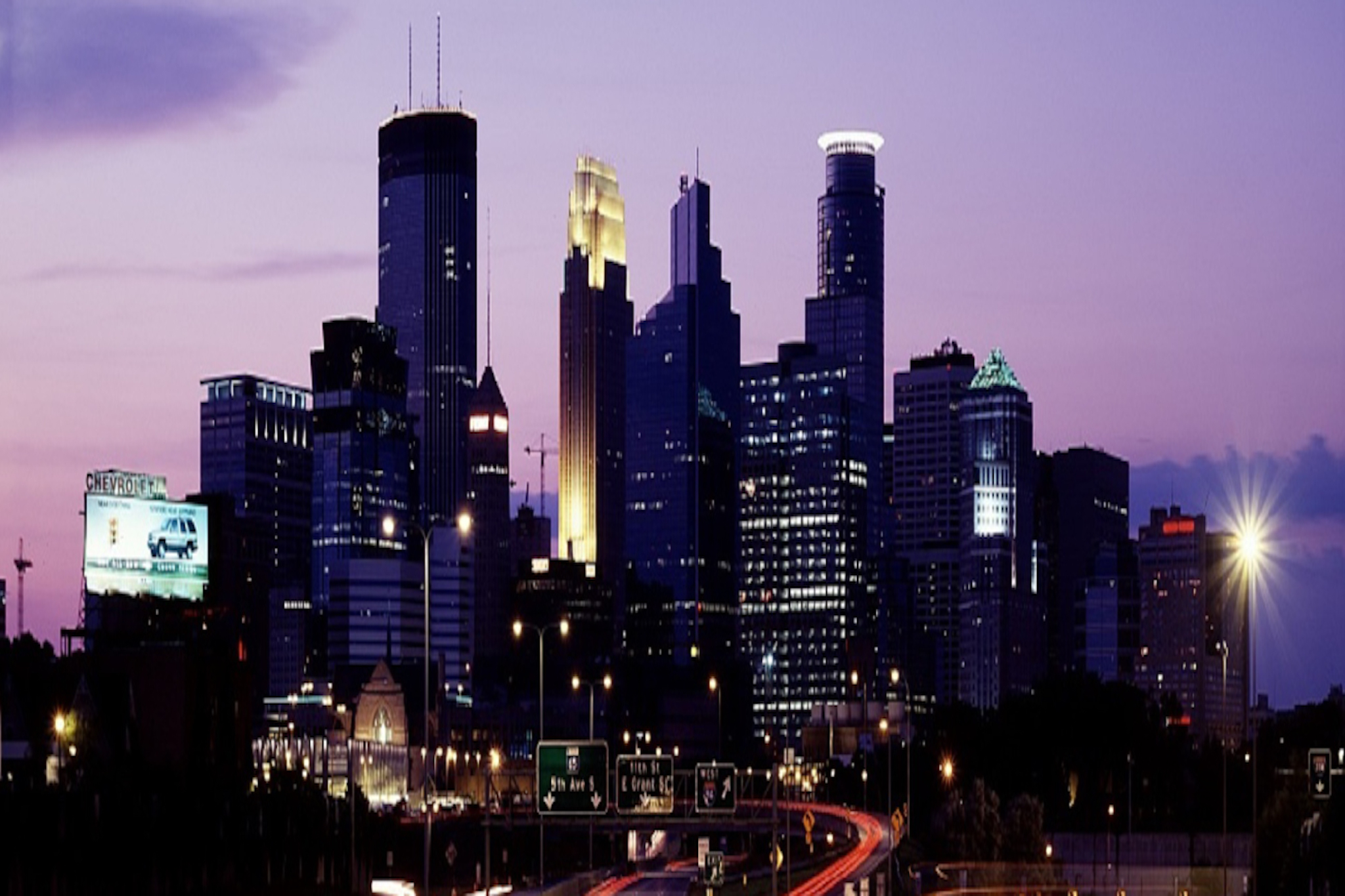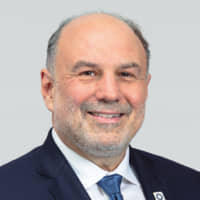Dubbed “America’s Bread Basket,” the U.S. Great Plains, a mega–region that is part of the even bigger Midwest, is a sweeping area of land that spans the whole of Kansas, Nebraska, North Dakota and South Dakota, as well as parts of Minnesota, Iowa and Oklahoma.
Thanks to the Great Plains’ traditional image of vast, golden fields of wheat and population of friendly, hard-working individuals, the region, at least to outsiders, is well known for its excellence in agriculture and cattle. While the Midwestern work ethic is still true today as it has been in the past, what is rapidly changing is the speed of innovation that is happening across the region, whether such innovation is found in agricultural efficiency, industrial automation or the life sciences.
Over the years, foreign direct investors that have found the Pacific and Atlantic coast markets saturated or too costly to operate in, have traditionally seen the American Heartland as an excellent alternative. That said, the region is becoming more attractive to investors in its own right. This is due in large part to the region’s steadily rising population, even though the population increase occurs in the cities. However, more than just sheer numbers, there is no shortage to the region’s working age cohort in terms of talent.
“Minnesota is a state that is really well known to have a world–class workforce that is cultivated by the state’s world-class institutions of higher learning. Japanese companies that are in need of a competent and diverse managerial class will find those easily accessible in Minneapolis,” according to Shawntera Hardy, secretary of the Minnesota Department of Employment and Economic Development.
Meanwhile, the region is seeing new and exciting growth in areas that are quickly gaining the attention of investors. The area surrounding the cities of Omaha in Nebraska and Kansas City, which is in both Missouri and Kansas, has taken significant strides toward establishing themselves as the next favored destinations for Japanese investment.
This September, Omaha hosts the 50th Midwest Japan Conference, which stands as one of the most important platforms for relationship–building between Japan and the U.S. Midwestern states. Hundreds of delegates from all stakeholders in the relationship will gather in Nebraska to not only celebrate the long–standing ties, but also explore new avenues for business development moving forward.
“The state of Nebraska is truly honored to be hosting such an important event at such an important time. We view this as a once-in-a-generation opportunity for us to truly showcase the very best that our state has to offer. We deeply value our special relationship with Japan and we look forward to strengthening that bond even further in the years to come,” said Nebraska Gov. Pete Ricketts.
For its part, Kansas City and its surrounding counties continue to increase their profile as a dynamic place to do business. Already home to the headquarters of Sprint Corp. (now merged with T-Mobile Inc.), the region is steadily attracting entrepreneurs and businesses looking to tap into the highly skilled workforce and its logistically advantageous geographical location.
Up north, the state of Minnesota has distinguished itself for its medical device and health care industry, with famous names including Medtronic, a developer of medical devices and solutions, and the Mayo Clinic in Rochester, about an hour south of Minneapolis. Frank Jaskulke, vice president of Research of Minnesota’s Medical Alley Association said,“ Toray really was the catalyst of the Japanese involvement in the medical device sector.”
While Japanese companies in Minnesota do not have the same high profile as their counterparts on the West and East coasts, the Japanese presence in the state is growing, particularly with the recent acquisitions by Japanese pharmaceuticals of homegrown companies Upsher-Smith Laboratories, LLC and Fremont Water Solutions Inc. “Japanese activity in Minnesota may not be as obvious in the other states where there are more Japanese expats or bigger Japanese communities, but their activities are not less significant,” said Minneapolis–based Honorary Consul General of Japan in Minnesota, Richard Stahl.
According to the Japan External Trade Organization’s (JETRO) latest data, in 2017, Japan’s outward foreign direct investment has reached an all-time high of $169.6 billion, up by about 24 percent from 2016. While the European Union received major gains, the United States remains to be the largest destination of Japanese foreign direct investment for seven years in a row.
“A lot of people are so focused on China right now. China is a great country, but the United States shouldn’t lose our focus on Japan. It is still the third-largest economy in the world. We have a lot of synergies. We have a logical fit,” explained former U.S. Vice President, and former Ambassador to Japan, Walter Mondale, a long-standing champion for the relationship, who was quick to remind how deeply and fundamentally the relationship benefits both countries.
Mondale, who also stands as an adviser for Midwest-based law firm Dorsey & Whitney, remains bullish about the existing potential for greater business development opportunities between Japan and the Midwestern states.
“I’m delighted that much progress is being achieved in our two-way business partnership as well as our sister city and sister state relationships as our alliance deepens. The friendship between Japan and the Great Plains states is closer than ever,” said Consul-General of Japan in Chicago Naoki Ito, who believes that Japanese companies will find a business-friendly and welcoming environment should they establish operations in the region.
“Some might say that Midwesterners and Japanese share a very similar work ethic. People here have a strong commitment to quality and teamwork, which are so important to Japanese companies. I’m certain that our partnership will reach greater heights in the future,” Ito added.
Recognizing the potential of growth industries, Japanese companies continue to invest in life sciences, high-precision machinery, and automotive manufacturing, among others.
Ralph Inforzato, chief executive director of JETRO Chicago, which covers the Great Plains region, said: “Japan’s direct positive impact on the United States is felt throughout this region. At no other time in the recent history of the Japan-Midwest relationship has there been such a high level of interest by the American heartland in Japan and also a great deal of attention by Japan in our Midwest region. Americans are happy to stop me after presentations to talk through their recent experiences in Japan, or tell me about their interactions with Japanese companies that have invested in their region or city.”





